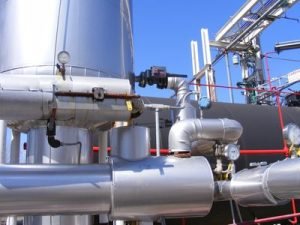Earlier this month we posted Part 1 about plant explosions in 2013 and 2014. Last year two plant explosions occurred in the Southern U.S. The West Fertilizer Company in West, Texas–which is owned by the same parent company of Adair Grain and Adair Farms–had a massive explosion in April 2013 and Chevron experienced an explosion at their refinery in Pascagoula, Mississippi.

The West Fertilizer Company
On April 17, 2013, the West Fertilizer Plant in West, Texas exploded. The Huffington Post reports that the blast “killed 14 people, left 200 others with injuries (including burns, lacerations, and broken bones), flattened houses and a 50-unit apartment building, destroyed a nursing home, damaged a local school, and left a crater 93 feet by 10 feet.”
The major problems leading up to the explosion were a lack of OSHA inspections of the facility (the last having been in 1985), a lack of EPA inspections (the last occurring in 2006), a lack of proper safety procedures and training, and the failure of the company to report to the government the “large quantities of anhydrous ammonia and ammonium nitrate” it was storing at the facility at the time of the accident.
Anhydrous ammonia and ammonium nitrate are hazardous chemicals. Companies which handle, use, process, or store these chemicals are required by law to report it to the government. These chemicals are considered dangerous and could be used in a terrorist attack. The West Fertilizer had been storing 270 tons of ammonium nitrate at the time.
The Chevron Refinery in Pascagoula Mississippi
At about 2 a.m. November 13, 2013 one of Chevron’s processing units caught fire and caused an explosion. The fire claimed the life of one of the plant’s employees. The fire began at a gasoline producing unit which Chevron named the “Cracking II area.”
The Sun Herald reports that OSHA conducted an investigation and “has cited the Chevron Pascagoula Refinery for safety violations.”
OSHA claims the accident was preventable and claimed the “refinery failed to develop procedures for restarting a unit after an emergency shutdown and was using the same procedure it used for normal startup.” Other procedures to prevent the fire from starting had also not been followed, such as failure to “purge the firebox before lighting burners.” Chevron did not have a way of ensuring its employees had a clear understanding of safety procedures and training.
The Louisiana plant explosion lawyers at Lambert Zainey have more than three decades of experience in helping victims of plant accidents. If you’ve been injured while working in an industrial facility, contact us today to get experienced legal assistance.







